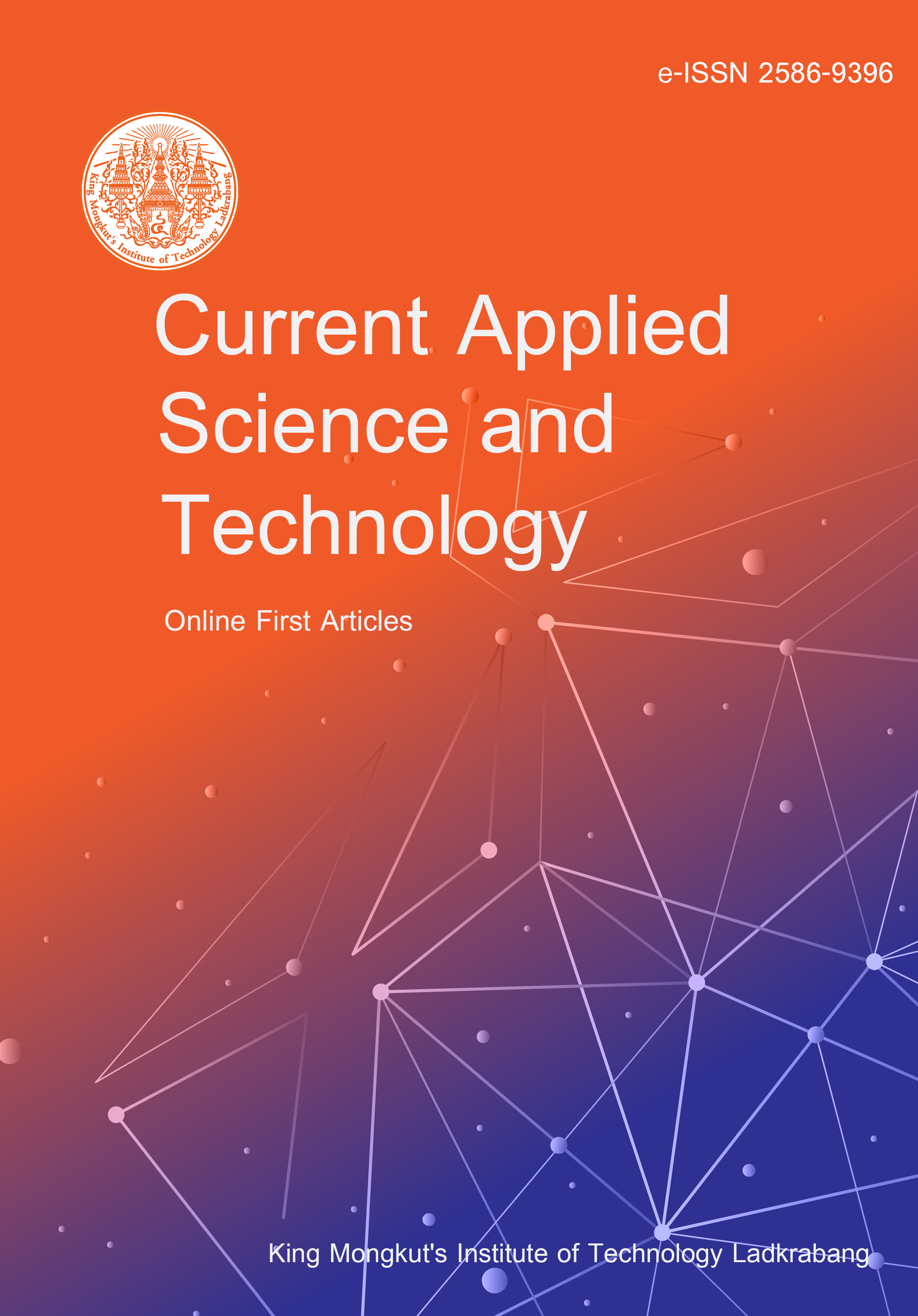Hevea brasiliensis Muell. Arg, a rubber tree, is a highly heterozygous perennial plant usually grown from seed (seedlings). The tree exposed the disadvantage of no genetic uniformity. Unlike a clone, it was propagated by bud grafting from a single tree, possessing an identical genetic constitution and exhibiting uniformity among them. The leaf shape of seedlings is highly variable, while the leaf shape of clones is slightly variable. It also appears in similar characteristics to other clones. Therefore, the variation of leaf shape becomes the critical concern to distinguish them. The common cultivation clone RRIM 600 was considered for experiments, the dataset of RRIM 600 clones and seedlings was used for training the model. The objective of the research was to compare the performance of deep neural networks for H. brasiliensis clone identification, including VGG16, ResNet50, InceptionV3, MobileNet, Xception, DenseNet201, NASNetLarge, MobileNetV2, EfficientNetB7, RegNetX064, RegNetY064, ResNetRS50 and ConvNeXtBase. The appropriate hyperparameters were found through k-fold cross validation. The models were trained using transfer learning technique with FEA. Various augmentation techniques were applied in order to improve the performance. The results revealed that improved retraining the model on low resolution images by implementing ConvNeXtBase as feature extractor with S1 achieved the highest accuracy of 97.82% on a quarter of dataset (E3) and outperformed classification performance across all thresholds. This research suggests the potential for developing this Hevea clone identification application as a tool to overcome the lack of experienced Hevea clone inspectors.
Romruensukharom, T. ., & Nonsiri, S. . (2025). A Comparison of Deep Neural Network for Hevea Clone Identification. CURRENT APPLIED SCIENCE AND TECHNOLOGY, e0264760. https://doi.org/10.55003/cast.2025.264760

